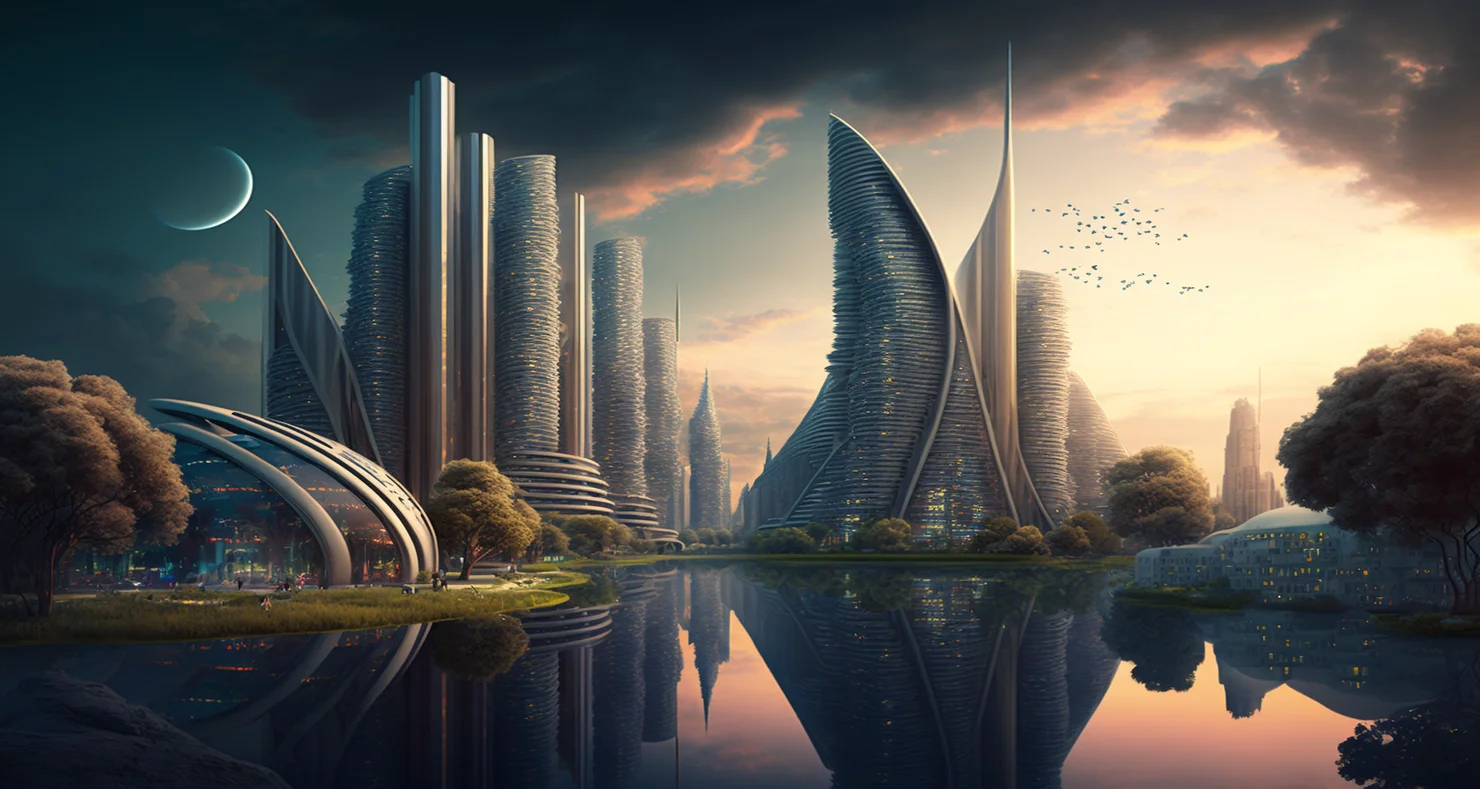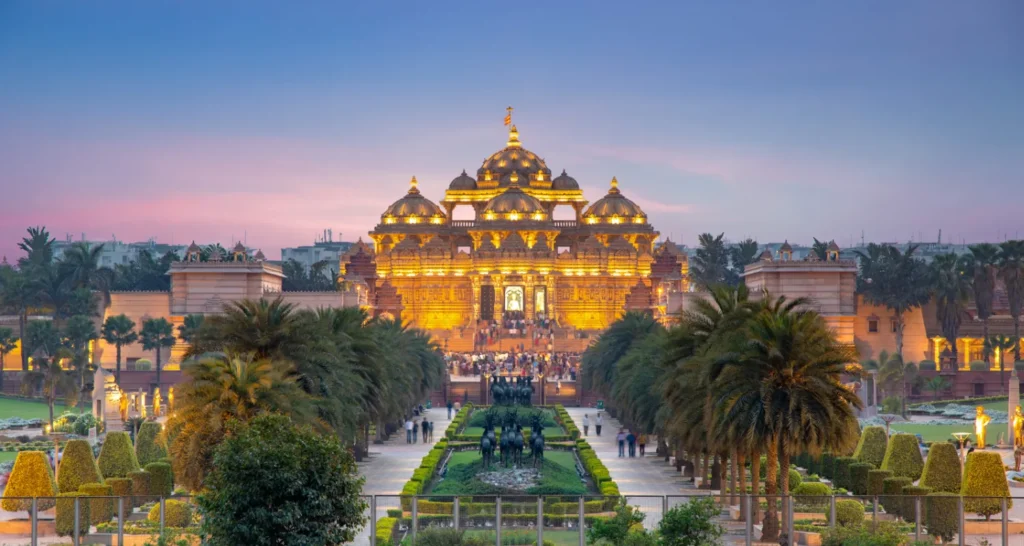As we have described, the wealth of initiatives in the dynamic socio-economic, technical, and policy environment in the EU potentially gives rise to a wide variety of Smart City characteristics. These can be associated with different objectives (general, specific, and operational, for example) and with different actor roles and relations, policy instruments, and implementation methods. Each of these qualities may, in turn, be mapped against different locations, city sizes, funding arrangements, and framework conditions and outcomes.
To capture as many of these circumstances as possible, we propose a framework of characteristics. This will enable us to identify relevant projects and initiatives that contribute to the formation of a Smart City when implemented. We will then use these projects and initiatives identified in this study to populate a structured evidence base. We can thereby analyze possible correlations among characteristics, attempt to draw causal inferences, and on this basis, develop recommendations concerning good practices and strategies.
Taking our working definition of a Smart City, supplemented by the additional evidence presented above, we can summarize the Smart City concept as firmly anchored in the enabling power of ICT, which interconnects systems and stimulates innovation to facilitate a series of policy goals. Given the needs of cities to compete, such policy goals include economic growth, which is in turn underpinned by well-developed human capital.
There is also a need to make economic development sustainable in environmental terms. This could involve ICT-based ‘Smart Networks’ to reduce energy transmission costs and improve the resilience of utility networks by matching demand and supply dynamically. Such networks would have the additional advantage of allowing local cogeneration to meet local power demand. They could also provide individual utility users with accurate and timely information to take costs and environmental impact into account when choosing and using appliances.
Another class of examples is provided by city mobility systems that use sensors, processors, and ICT-driven traffic controls to provide Smart and efficient arteries. However, as we have made clear, other aspects (social, welfare, cultural, quality of life) are also critical for balanced Smart City development. Underpinning each of these features is the need for new bottom-up and top-down holistic governance modes, which also enable and encourage broad participation and engagement by all stakeholders in all aspects of a city’s life.
Building on the work of the European Smart City Project, as well as numerous other sources,38 we propose six Smart City characteristics:
- Smart Government
- Smart Economy
- Smart Mobility
- Smart Environment
- Smart People
- Smart Living

What are the characteristics of Smart Cities?
Several studies deploy these same six characteristics to develop indicators. This type of characterization framework is well justified and documented and already used in practice by an increasing number of cities and policymakers. The framework aims to capture the key dimensions of European Smart Cities described above while retaining simplicity by specifying a relatively small number of characteristics that define these initiatives and cover the range of existing projects. When defining a Smart City in the present study, at least one of the six characteristics must be present in a given Smart City project or initiative. However, this is a baseline, and we must also keep in mind the Smart City definitions and summary outlined above. These point to the deployment of multi-dimensional strategies, consisting of many components and projects designed to be synergistic and mutually supportive. Indeed, the most successful Smart City strategies might be expected to adopt a multi-dimensional approach to maximize such synergy and minimize negative spill-over effects, as might happen, for example, if a Smart Economy strategy were prioritized, which was detrimental to the environment. For this reason, we might expect to see more than one characteristic present in the most successful Smart Cities. The six characteristics of Smart Cities are described in more detail in the following:
Governance
By Smart Governance, we mean joined up within-city and across-city governance, including services and interactions that link and, where relevant, integrate public, private, civil, and European Community organizations to function efficiently and effectively as one organism. The main enabling tool to achieve this is ICT (infrastructures, hardware, and software), enabled by smart processes and interoperability and fuelled by data. International, national and hinterland links are also important (beyond the city), given that a Smart City could be described as quintessentially a globally networked hub. This entails public, private, and civil partnerships and collaboration with different stakeholders to pursue smart objectives at the city level. Smart objectives include transparency and open data using ICT and e-government in participatory decision-making and co-created e-services, such as apps.
As a transversal factor, smart governance can also orchestrate and integrate some or all of the other smart characteristics.
Smart Economy
Economics
By Smart Economy, we mean e-business and e-commerce, increased productivity, ICT-enabled and advanced manufacturing and delivery of services, ICT-enabled innovation, as well as new products, new services, and business models. It also establishes smart clusters and ecosystems (e.g., digital business and entrepreneurship). Smart Economy also entails local and global inter-connectedness and international embeddedness with physical and virtual flows of goods, services, and knowledge.

Mobility
By Smart Mobility, we mean ICT-supported and integrated transport and logistics systems. For example, sustainable, safe, and interconnected transportation systems can encompass trams, buses, trains, metros, cars, cycles, and pedestrians in situations using one or more modes of transport. Smart Mobility prioritizes clean and often non-motorized options. The public can access relevant and real-time information to save time, improve commuting efficiency, save costs and reduce CO2 emissions. Network transport managers to improve services and provide feedback to citizens. Mobility system users might also provide their real-time data or contribute to long-term planning.
Environment
By smart environment, we include smart energy including renewables, ICT- enabled energy grids, metering, pollution control, and monitoring, renovation of buildings and amenities, green buildings, green urban planning, as well as resource use efficiency, re-use, and resource substitution, which serves the above goals. Urban services such as street lighting, waste management, drainage systems, and water resource systems that are monitored to evaluate the system, reduce pollution and improve water quality are also good
examples.
People
By Smart People, we mean e-skills, working in ICT-enabled working, having access to education and training, human resources, and capacity management within an inclusive society that improves creativity and fosters innovation. As a characteristic, it can also enable people and communities to themselves input, use, manipulate and personalize data, for example, through appropriate data analytic tools and dashboards, to make decisions and create products and services.

Living
By Smart Living, we mean ICT-enabled lifestyles, behavior, and consumption. Smart Living is also healthy and safe living in a culturally vibrant city with diverse cultural facilities and good quality housing and accommodation. Smart Living is also linked to high levels of social cohesion and social capital.
Building the Future: Main Characteristics of Modern Smart Cities
The concept of a “great city” has evolved over time, with technology playing a significant role in shaping the urban landscape. As cities grow larger and more complex, the need for sustainable and efficient urban environments becomes paramount. This is where the idea of smart cities comes into play, utilizing advanced technologies and data-driven approaches to address the challenges posed by large populations, traffic management, energy consumption, and air pollution, among others. In this article, we will explore the main characteristics of modern smart cities and how physical infrastructure and smart city technologies are driving their development.
One of the prominent areas of focus in modern smart cities is transportation, particularly with the rise of electric vehicles (EVs). Smart cities are embracing EVs as a sustainable mode of transportation, reducing carbon emissions and improving air quality. Physical infrastructure, such as charging stations and smart parking systems, are critical components of EV adoption in smart cities. Smart parking systems, for example, use real-time data to optimize parking spaces, reducing congestion and improving traffic flow, while also providing convenient and efficient parking solutions for EVs.
Urban environment is another key area where smart city technologies are making a significant impact. With the increasing population density in urban areas, managing resources efficiently is crucial. Information and Communication Technology (ICT) is utilized to collect and analyze data from various sources to enable data-driven decision-making. This data can be used to optimize waste management, energy consumption, and water usage, among other things. For instance, sensors and smart grids can monitor and manage energy consumption in buildings, street lighting, and other infrastructures, leading to reduced energy waste and increased sustainability.
Traffic management is a crucial challenge in large urban areas, and smart city initiatives are leveraging technology to tackle this issue. Intelligent traffic management systems use real-time data from various sources, such as sensors, cameras, and mobile devices, to analyze traffic patterns, optimize traffic flow, and reduce congestion. This helps improve transportation efficiency, reduce emissions, and enhance the overall quality of life for citizens.
The use of data collected from various sources is a fundamental characteristic of modern smart cities. Sensors, cameras, and other IoT devices collect data on various aspects of city life, ranging from air quality to waste management to public safety. This data is analyzed to gain insights and inform decision-making, enabling local governments to implement targeted policies and interventions to address urban challenges effectively.
Air pollution is a significant concern in urban areas, and smart city technologies are being used to monitor and mitigate this issue. For example, sensors can measure air quality in real-time, providing data that can be used to take proactive measures to reduce pollution levels. Smart city initiatives may also include the promotion of green spaces, such as parks and urban forests, to improve air quality and provide a healthier environment for residents.
Smart cities are not limited to urban areas, and rural areas can also benefit from the use of smart city technologies. For instance, in rural areas, smart agricultural practices can be implemented using data-driven approaches to optimize crop production, reduce water usage, and improve overall farm efficiency. This can contribute to sustainable agriculture and rural development.
In conclusion, modern smart cities are characterized by the integration of physical infrastructure with smart city technologies. This includes the adoption of EVs and smart parking systems, leveraging ICT for data-driven decision-making, optimizing traffic management, monitoring air pollution, and extending smart city initiatives to rural areas. The use of smart city technologies in these areas can lead to more sustainable and efficient urban environments, ultimately improving the quality of life for citizens. As technology continues to advance, the potential for smart cities to address urban challenges and create a better future for urban and rural areas alike is promising.













